https://orcid.org/0000-0002-6671-858X
🔥🔥🔥🔥🔥
🔥🔥🔥🔥🔥

We'll discuss the latest in open science methods for analysing brain imaging data. Registration free, but mandatory
neuroanatomy.github.io/cogbases-2025/
@k4tj4.bsky.social @cmaumet.bsky.social @bthirion.bsky.social @demw.bsky.social

We'll discuss the latest in open science methods for analysing brain imaging data. Registration free, but mandatory
neuroanatomy.github.io/cogbases-2025/
@k4tj4.bsky.social @cmaumet.bsky.social @bthirion.bsky.social @demw.bsky.social



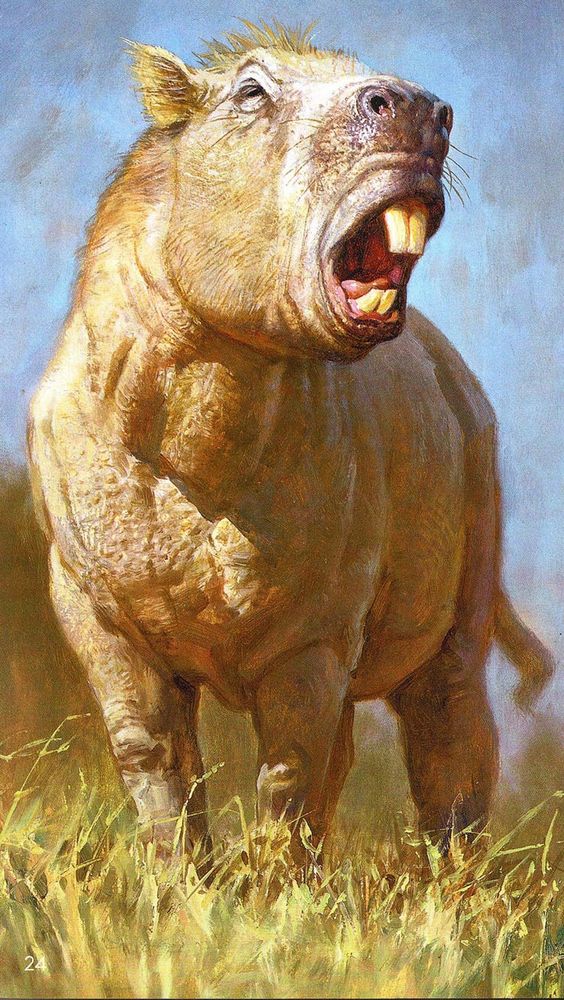
5/n

5/n
4/n

4/n
Within humans (N=314, which was large back then), there's hyper-allometry of the whole neocortex, with a posterior-anterior gradient (disproportionately large prefrontal cortex in people with large brains)

Within humans (N=314, which was large back then), there's hyper-allometry of the whole neocortex, with a posterior-anterior gradient (disproportionately large prefrontal cortex in people with large brains)
A slope=1.6 across species and 0.75 within would mean hyper-allometry across and hypo-allometry within. Is there a conceptual problem with this?

A slope=1.6 across species and 0.75 within would mean hyper-allometry across and hypo-allometry within. Is there a conceptual problem with this?






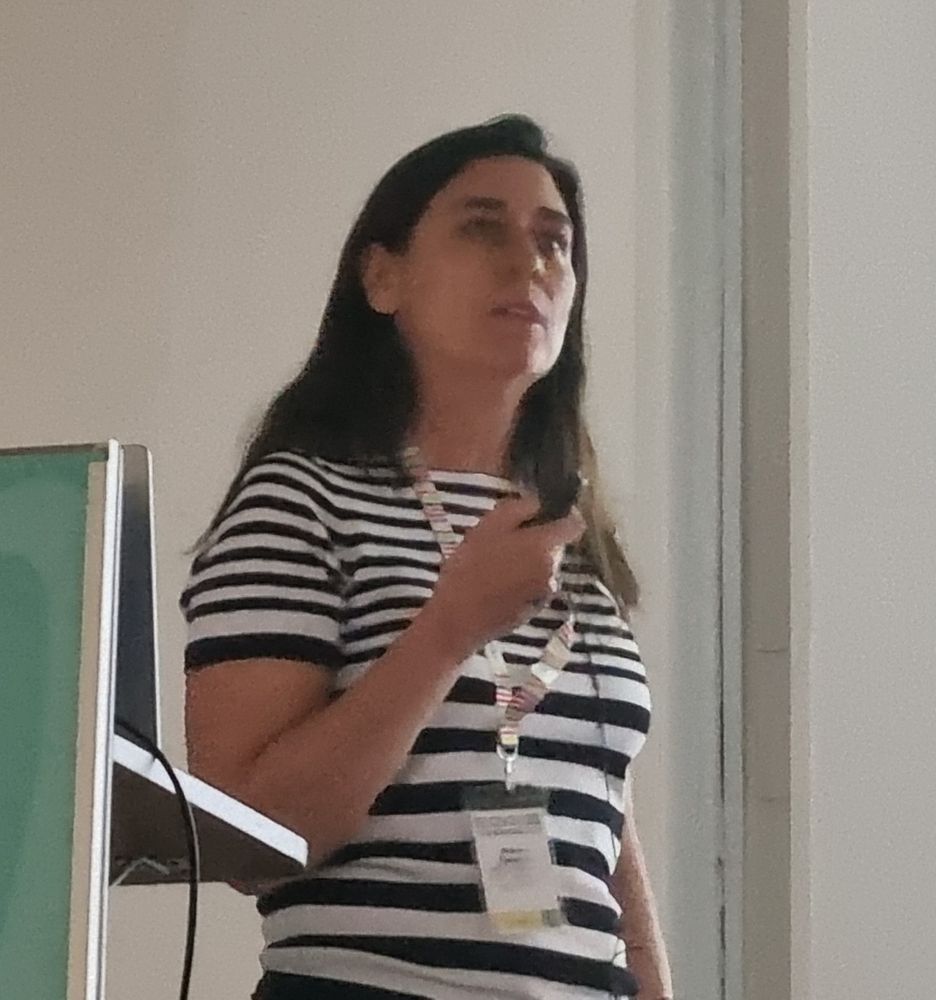
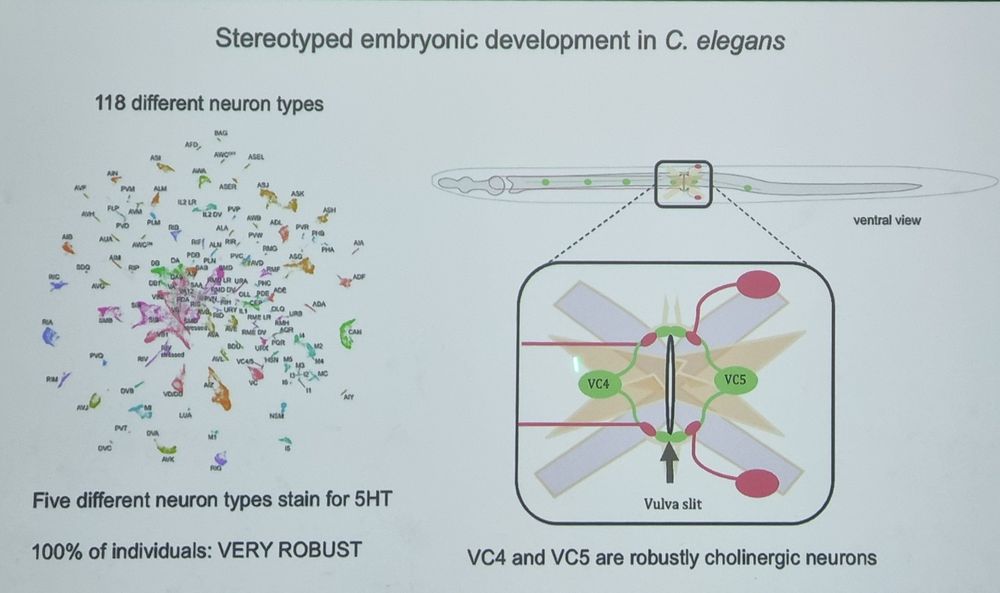
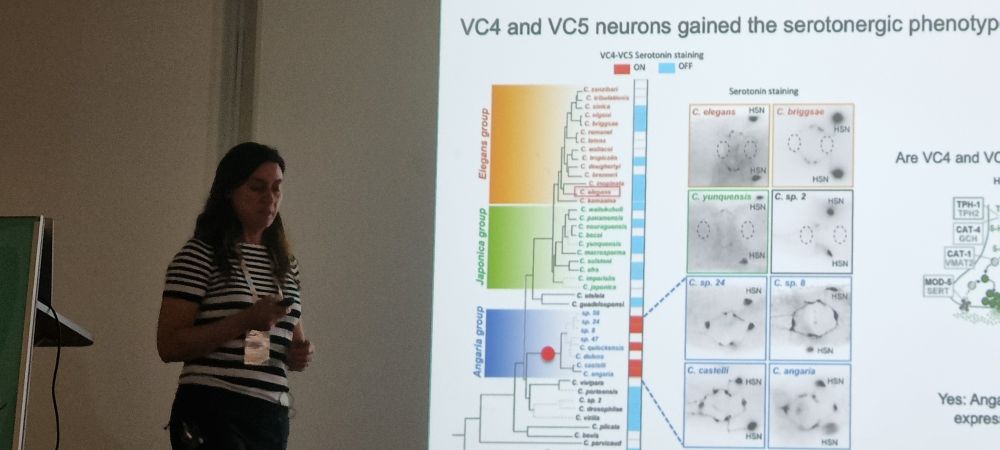
#ECCN2025 @borrell-lab.bsky.social @k4tj4.bsky.social
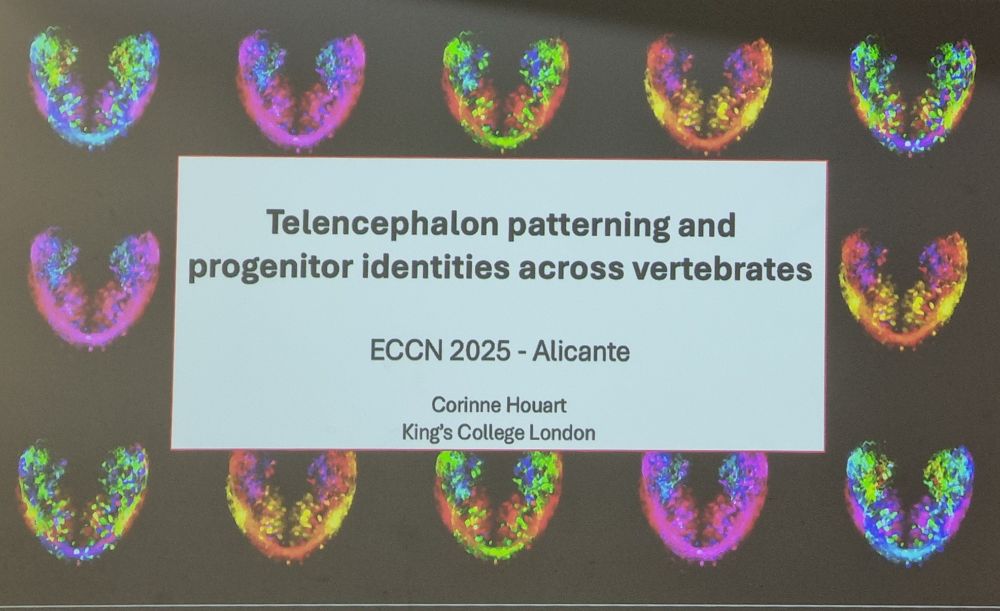
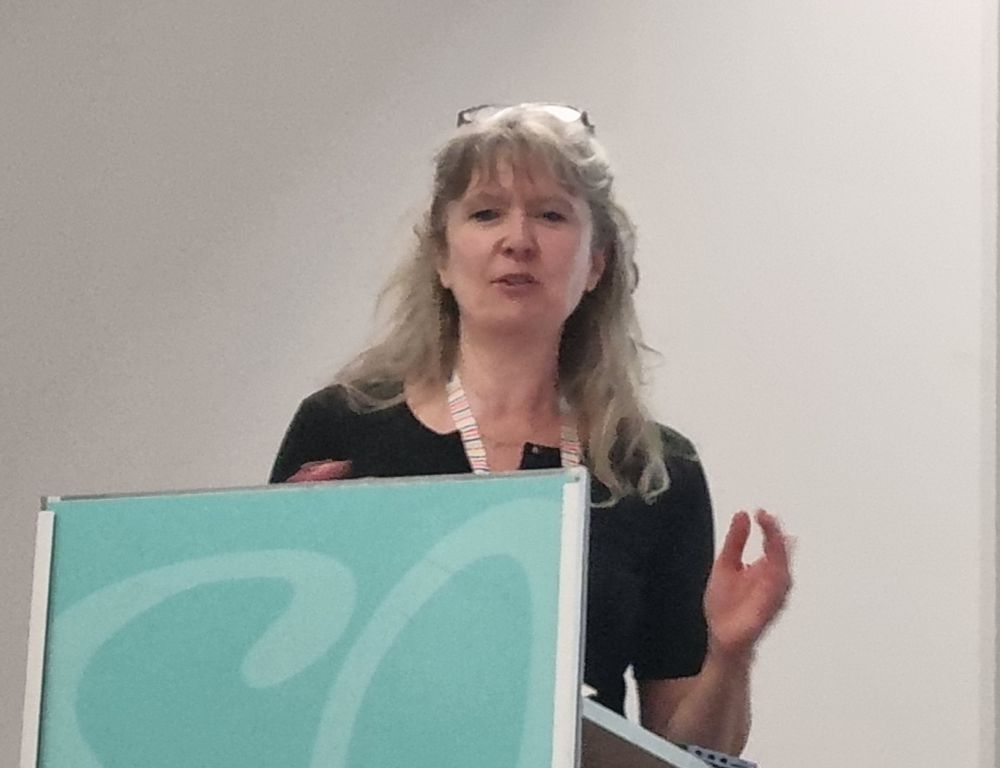

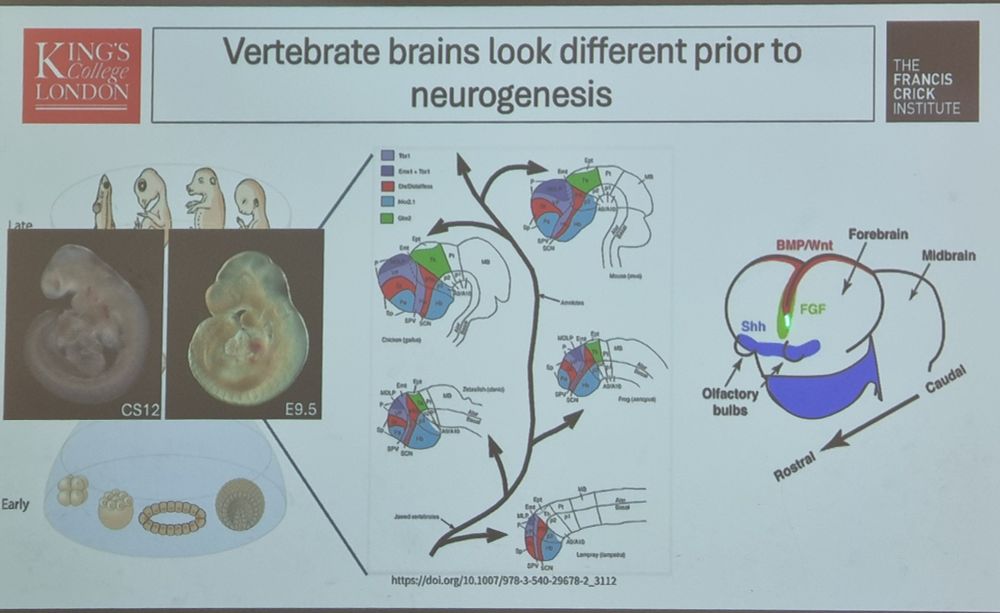
#ECCN2025 @borrell-lab.bsky.social @k4tj4.bsky.social
@k4tj4.bsky.social @borrell-lab.bsky.social




@k4tj4.bsky.social @borrell-lab.bsky.social






